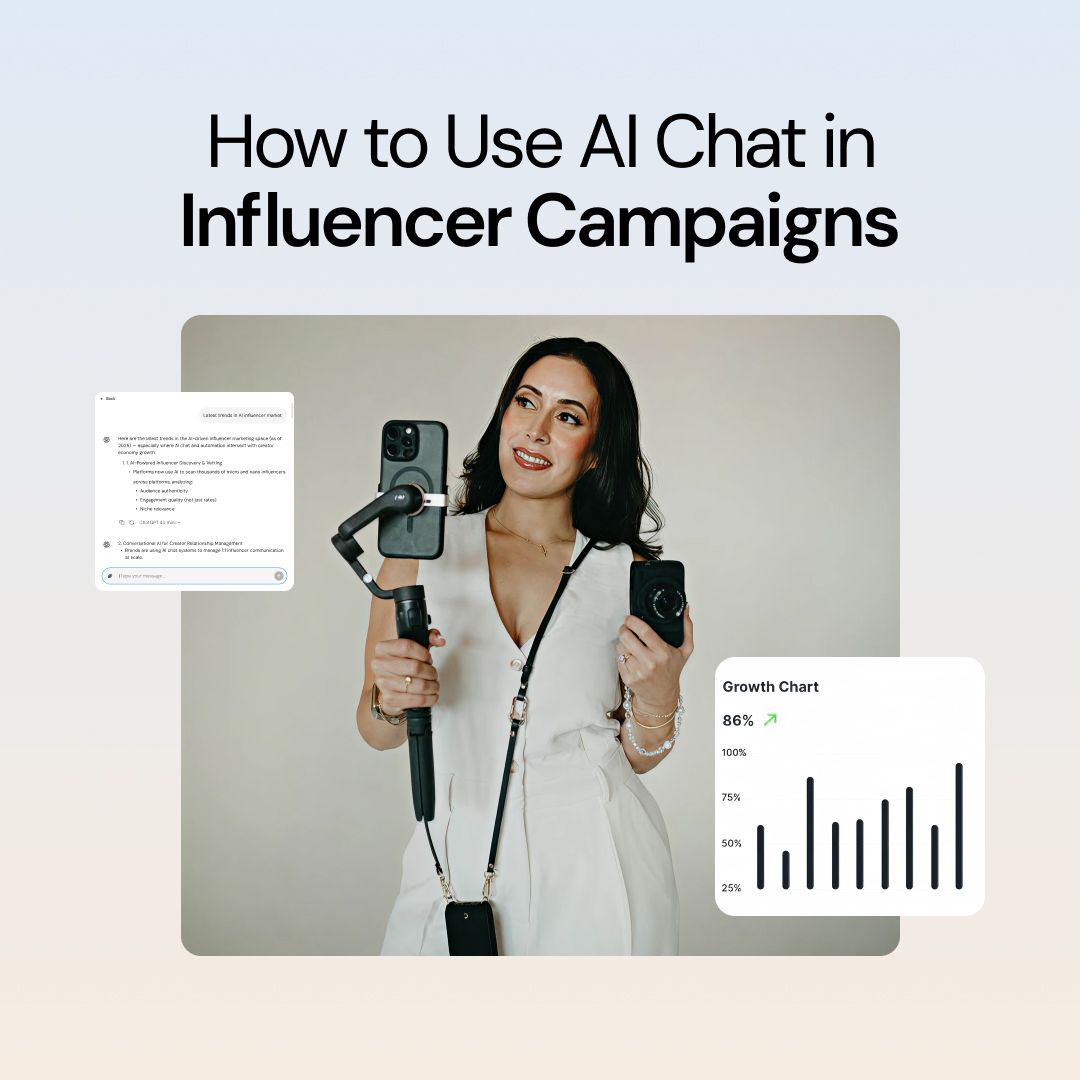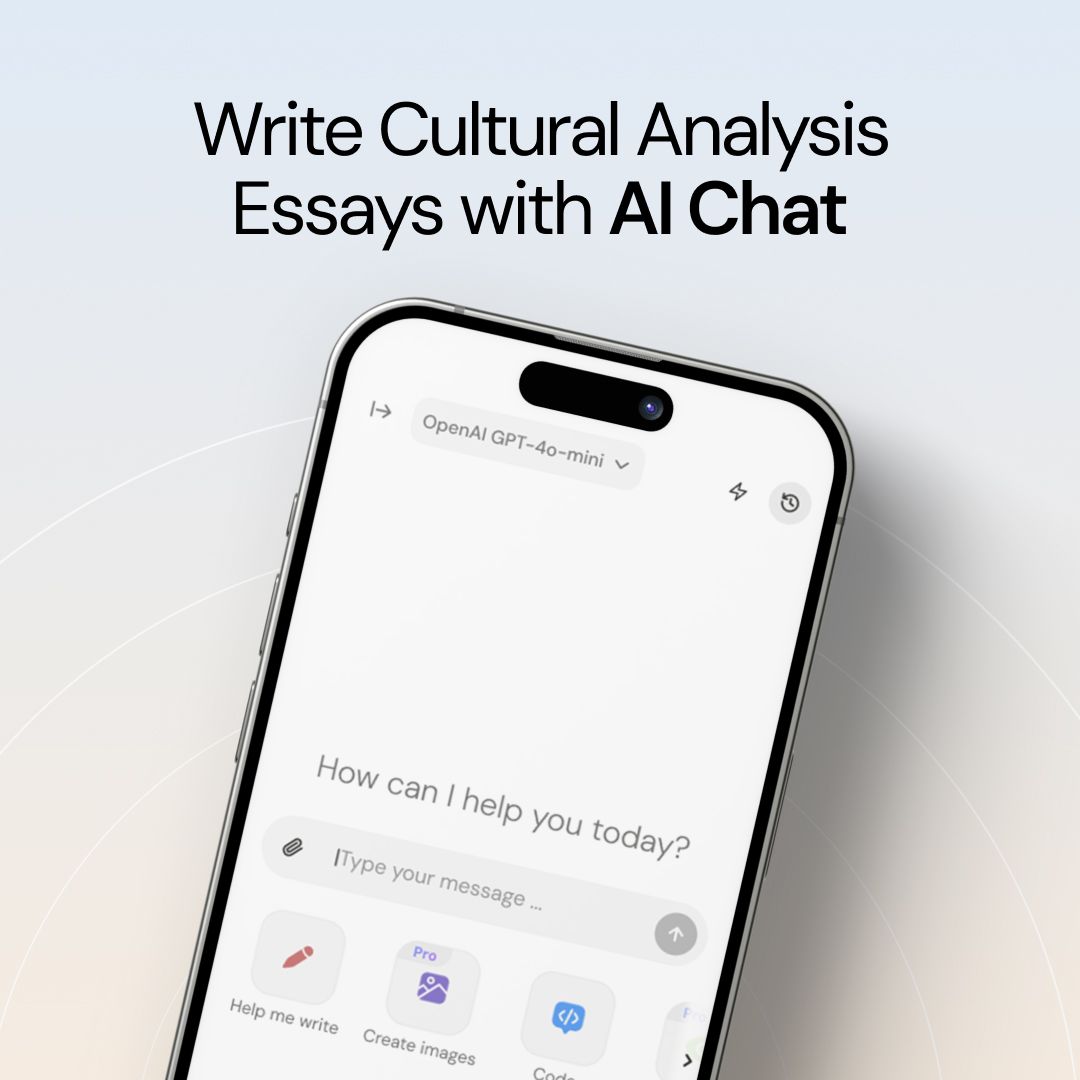Best AI Writing Tools in 2025 That Top Content Teams Actually Use
While everyone debates whether AI will replace writers, the smartest content teams have already moved past that conversation. They're using AI writing tools to triple their output while maintaining quality standards that would make traditional publishers jealous.
According to Siege Media’s latest research with Wynter, 90% of content marketers plan to use AI to support their content marketing efforts in 2025, a steady climb from 83.2% in 2024 and 64.7% in 2023.
In 2025, companies still treating these platforms as novelty experiments are losing ground to competitors who've integrated them into every stage of content production. AI writing is likely to take over as much of digital publishing and editing as audiences are willing to accept.
This analysis covers twelve platforms that have earned their place in professional workflows.
How We Evaluated These Platforms
Each evaluation focuses on what matters the most, such as how these tools perform under deadline pressure, their actual cost versus claimed value, and whether they integrate smoothly into existing operations or create new headaches.
-
Output reliability matters more than feature lists. Can you trust the platform to deliver consistent quality when you need 20 articles this week, not just one?
-
Editorial control separates professional tools from toys. You need platforms that respect your brand voice, follow your style guide, and produce content that doesn't scream "generated by machine."
-
SEO capability goes beyond keyword stuffing. The best AI tools for writing understand search intent, help structure content for featured snippets, and support your broader organic growth strategy.
-
Integration reality beats marketing promises. If a tool requires your team to abandon their current workflow, adoption will fail regardless of capabilities.
-
Pricing transparency reveals true value. Hidden limits, surprise overages, and feature gatekeeping destroy budget predictability.

Best AI Writing Tools in 2025 – 12 Platforms That Actually Deliver
Since the launch of ChatGPT in 2022, there has been an uncontrollable influx of AI tools in the market in various niches, including AI writing tools. If you are looking for any such tool to try out, here's a curated list of best AI writing tools that you can use for yourself.
1. Chatly: Where Scale Meets Standards
Chatly, with AI Chat and other features, solves the critical problem of maintaining quality when producing hundreds of pieces monthly across different clients and industries. The platform enforces consistency across multiple writers and projects while providing infrastructure for enterprise-level content operations.
Marketing agencies juggling dozens of accounts and internal teams standardizing content across global offices find immediate value here.
The model-switching capability lets teams use GPT-5 and other top AI models for creative ideation, Claude for technical accuracy, then specialized models for final polish. Workflow templates save hours of briefing time while the prompt library turns individual discoveries into team-wide advantages.
Start with their writing template, input keyword clusters and competitive analysis, then choose from three generated outlines targeting different search intents. The platform handles automatic source citations, keyword density checks, and internal linking opportunities before export.
Professional plans reflect enterprise-grade capabilities, making this ideal for teams producing 50+ pieces monthly rather than occasional content needs.
2. ChatGPT: The Swiss Army Knife That Actually Cuts
ChatGPT remains the gateway for AI assisted writing and continues expanding what a generalist platform can accomplish. While specialists chase narrow use cases, OpenAI's flagship serves freelancers, editorial teams, and companies testing AI for writing before specialized investment.
The ecosystem advantage compounds daily with thousands of plugins, integrations, and community resources eliminating the learning curve. Custom GPTs allow teams to encode specific workflows and brand requirements into reusable agents. Advanced data analysis transforms ChatGPT from a writing tool into a complete content intelligence platform.
Feed comprehensive briefs including target keywords and competitive URLs, then request outlines optimized for featured snippets. Draft sections separately while maintaining context, then generate meta descriptions and social posts from the final piece within one conversation thread.
Free tiers handle experimentation while Plus subscriptions unlock professional speed and quality. Team plans provide collaboration features that larger operations require.
Suggest read: How to Write Cultural Analysis Essays Using AI Chat
3. Claude: The Platform That Respects Complexity
Claude excels at content requiring genuine expertise like technical documentation, research synthesis, and comprehensive guides. Research teams and B2B companies creating thought leadership choose Claude because it handles complexity without defaulting to generic explanations.
The context window maintains relationships between dozens of documents without losing critical nuances. Upload 20 research papers and watch Claude track citations throughout 10,000-word pieces while identifying potential inaccuracies and logical inconsistencies automatically.
Organize source materials hierarchically, upload simultaneously, then request outlines mapping sources to sections. Claude generates chapters while maintaining cross-references and flagging when claims lack support or sources contradict.
Consumer subscriptions work for individuals while API access becomes necessary for substantial research volumes or programmatic integration.
4. Gemini: Google's Workspace Integration Play
Gemini executes Google's strategy of becoming invisible infrastructure for teams already living in Docs, Sheets, and Gmail. Organizations standardized on Google Workspace gain immediate advantages without adoption friction.
The integration depth means Gemini understands relationships between documents, data, and communications across your entire ecosystem. When your AI writing helper knows brand guidelines, past campaigns, and approval workflows, first drafts improve dramatically.
Outline directly in Docs while Gemini suggests improvements, pull statistics from Sheets without tab switching, and summarize Drive documents inline. Collaborative review happens in real-time with suggestions that maintain narrative flow.
Basic access comes with Workspace subscriptions while advanced features require upgrades that Google-centric teams easily justify through efficiency gains.
5. Grammarly: The Evolution Beyond Grammar
Grammarly has built sophisticated writing AI infrastructure for maintaining consistency across distributed teams and freelance networks. Publishers and organizations where writing happens everywhere benefit from ubiquitous quality control.
The browser extension follows you across every platform while brand voice profiles ensure consistency regardless of author. Plagiarism detection prevents reputation damage before publication. Style guide functionality encodes complex editorial decisions and industry-specific terminology.
Write anywhere while Grammarly provides real-time suggestions without disrupting flow. Run comprehensive checks for clarity and engagement, then apply team style guides automatically.
Free tiers cover basics while Premium unlocks professional features. Business plans provide team management and brand voice capabilities justifying enterprise adoption.
6. Jasper: Campaign Architecture Beyond Content
Jasper understands marketing content exists within campaigns, funnels, and conversion goals. Performance marketing teams and agencies managing complex campaigns need this structural approach.
Brand voice training learns positioning and differentiation strategies while campaign templates maintain message architecture across assets. The platform generates variations while maintaining core messaging, enabling systematic testing without losing coherence.
Define campaign parameters including audience segments and conversion goals, generate channel-specific content maintaining consistent messaging, then route through approval workflows before deployment.
Pricing reflects enterprise focus, making sense for teams running multiple concurrent campaigns rather than casual content creation.
7. Copy.ai: Scaling Through Automation
Copy.ai built infrastructure for content operations needing volume without sacrificing consistency. E-commerce platforms updating thousands of product descriptions and local businesses creating location pages choose this automation approach.
Workflow automation transforms spreadsheets into content libraries through variable insertion and conditional logic. The visual workflow builder lets non-technical teams create complex generation systems. Data enrichment features add context automatically while quality assurance catches issues before they damage SEO performance.
Structure data with clear field mappings, build templates with variable placeholders, set conditional rules for variations, then generate hundreds of pieces simultaneously while maintaining quality controls.
Setup investment pays off when generating hundreds of pieces monthly, making this ideal for organizations with genuine scale requirements.
8. Writesonic: SEO Without the Obsession
Writesonic balances search optimization with readable content that doesn't sound robotic. Content marketers and affiliate sites needing volume without sacrificing user experience find their sweet spot here.
SERP analysis provides competitive intelligence while optimization suggestions enhance rather than dominate the creative process. Keyword integration feels natural because the platform prioritizes context over density.
Analyze SERPs for target keywords, generate outlines addressing search intent, draft with optimization indicators visible but not intrusive, then apply final recommendations without compromising readability.
Word count-based pricing provides predictability with reasonable scaling costs compared to per-seat enterprise platforms.
Suggest read: Best ChatGPT Alternatives to Try in 2025
9. Notion AI: Intelligence Inside Your Workspace
Notion AI embeds intelligence directly into your workspace rather than adding another platform. Teams already running operations in Notion maximize this integration immediately.
Context awareness means Notion AI understands your databases, document relationships, and project continuity. The best free ai writing tools often miss this contextual understanding that makes suggestions genuinely relevant.
Research and outline within project pages, generate drafts without context switching, collaborate through comments with AI assistance inline, then transform notes into action items automatically.
AI features add marginal cost to existing subscriptions, with efficiency gains justifying the increment for teams already invested in the platform.
10. Frase: Research-First Content Strategy
Frase starts with competitive intelligence and builds content to fill gaps, producing content that ranks because it answers what searchers actually want. SEO agencies and in-house teams competing in saturated niches depend on this intelligence.
Brief generation from SERP analysis eliminates guesswork while content optimization happens during creation. Topic modeling ensures comprehensive coverage without redundancy. The platform identifies opportunities competitors missed.
Input target keywords to generate competitive briefs, identify content gaps and unique angles, draft with optimization scoring visible throughout, then refine until coverage metrics indicate competitive advantage.
Pricing scales with brief volume rather than users, making enterprise-grade intelligence accessible to small teams.
11. QuillBot: Precision Content Surgery
QuillBot makes existing content better without starting over, providing surgical precision for publishers refreshing archives and teams simplifying complex documents.
Multiple rewriting modes provide exact control over transformation depth while plagiarism detection ensures originality. The summarization features condense without losing critical information.
Identify sections needing improvement, select appropriate rewriting intensity, review suggestions while maintaining meaning, then apply changes selectively preserving voice.
Free tiers handle occasional use while Premium unlocks volume and features professionals need at fractional cost compared to manual editing time.
12. Wordtune: The Final Polish
Wordtune finds exactly the right phrasing to connect with readers, making good content great through subtle refinements. Copywriters perfecting high-stakes content and email marketers optimizing conversions invest here.
Alternative phrasing suggestions provide options without mandates while tone adjustment happens without personality loss. The speed of suggestions maintains writing flow rather than interrupting creativity.
Identify sentences feeling slightly off, generate alternatives instantly, then select options improving clarity or impact for cumulative transformation.
Daily limits on free plans work occasionally while unlimited plans remain affordable for professionals seeing ROI in engagement metrics.

How to Standout in Content + SEO Market in 2025 Using AI Tools
Here's what nobody tells you about best free AI writing tools 2025, or even about paid ones, is that the tool doesn't determine success, your process does. Ryan Law details in his AI content writing process for Ahrefs blog that the most sophisticated platform produces garbage without proper structure while disciplined teams create quality content with basic tools.
Document every step from ideation through publication in actual procedures anyone can follow. Start every piece with a brief specifying keywords, search intent, and success metrics. Lock your outline completely before writing anything to ensure structure remains solid.
Edit for impact beyond accuracy by questioning whether each section advances the narrative. Apply SEO optimization to finished content rather than forcing keywords into draft copy. Track performance religiously and update based on data rather than opinions.
The Uncomfortable Truth About AI Writing in 2025
Most content produced with AI writing tools still reads like AI produced it, not because technology lacks capability but because operators lack discipline. The platforms profiled here can produce exceptional content or infinite volumes of mediocre nonsense depending entirely on how professionally you approach creation.
Success comes from treating these platforms as force multipliers for human expertise rather than replacements for human judgment. The organizations dominating content in 2025 won't be those with the most sophisticated tools but those who built the most disciplined processes around their chosen platforms.
Your Next Move Determines Your Next Year
The best AI writing tools 2025 landscape rewards deliberate adoption over enthusiastic experimentation. Choose platforms aligning with operational reality rather than aspirational workflows. Start with one tool like Chatly, master it completely, then expand your toolkit methodically.
The real question is not if we are able to adopt AI writing tools but whether we’ll approach them professionally enough to gain competitive advantage or casually enough to waste their potential entirely. Make your choice because your competitors already have.
Frequently Asked Questions About AI Writing Tools
Get clear, straightforward answers to the most common questions about AI-powered writing tools in 2025.
More topics you may like

11 Best ChatGPT Alternatives (Free & Paid) to Try in 2025 – Compare Top AI Chat Tools

Muhammad Bin Habib

28 Best AI Tools for Students in 2025 – The Complete AI-Powered Academic Success Guide

Muhammad Bin Habib

How to Use AI Chat for Influencer Campaigns in 2025

Muhammad Bin Habib

How to Write Cultural Analysis Essays Using AI Chat

Faisal Saeed
